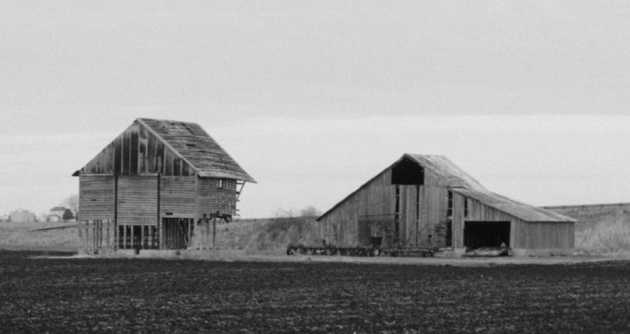What is a Minnesota life estate and how is it set up?
A life estate is the right to occupy or use a specified parcel of land for the period of a person’s life. There are a number of ways to set up a life estate. Most common are life estates that are set up by operation of law (under the Minnesota probate code) and life estate pursuant to a deed.
According to EdlerLaw:
The phrase “life estate” often comes up in discussions of estate and Medicaid planning, but what exactly does it mean? A life estate is a form of joint ownership that allows one person to remain in a house until his or her death, when it passes to the other owner. Life estates can be used to avoid probate and to give a house to children without giving up the ability to live in it.
The most common life estates under the Minnesota probate code occur when a person dies without a will (called an intestate death.) In very specific circumstances, a surviving spouse may have a life estate in the deceased spouse’s homestead, with a remainder interest in the deceased’s children.
Otherwise, people may, as part of estate planning, or probate avoidance planning, set up life estates in land, and transfer them by use of a life estate deed. The deed can be a warranty deed, deed without warranty or a ladybird deed.
What is a Lady Bird deed?
A lady bird deed is a type of life estate, with added features. In a normal life estate, the holder of the life estate interest may not sell, mortgage or encumber the property, absent permission from the remaining parties. The life estate owner only has occupancy and use rights for the duration of the person’s life.
According to Minnesota’s Estate planning Blog a lady bird deed is described as follows when it comes to Minnesota Life Estate:
Lady Bird deeds are named after the one and only Lady Bird Johnson (President Lyndon Johnson’s wife).
Some say that the name came from the fact that President Johnson used such an estate-planning tool to transfer property to Lady Bird after his death. Others disagree, saying that President Johnson never used such a nifty trick. Instead, critics claim the name stuck after a lawyer in Florida who created the deed back in the 1980s used the names of the Johnsons in an example for how the deed worked and the names stuck.
A lady bird deed (also called an enhanced life estate) allows the enhanced life estate owner to sell, mortgage or encumber the property. If the enhanced life estate owner sells the entire property, the remaining parties’ interest is extinguished.

